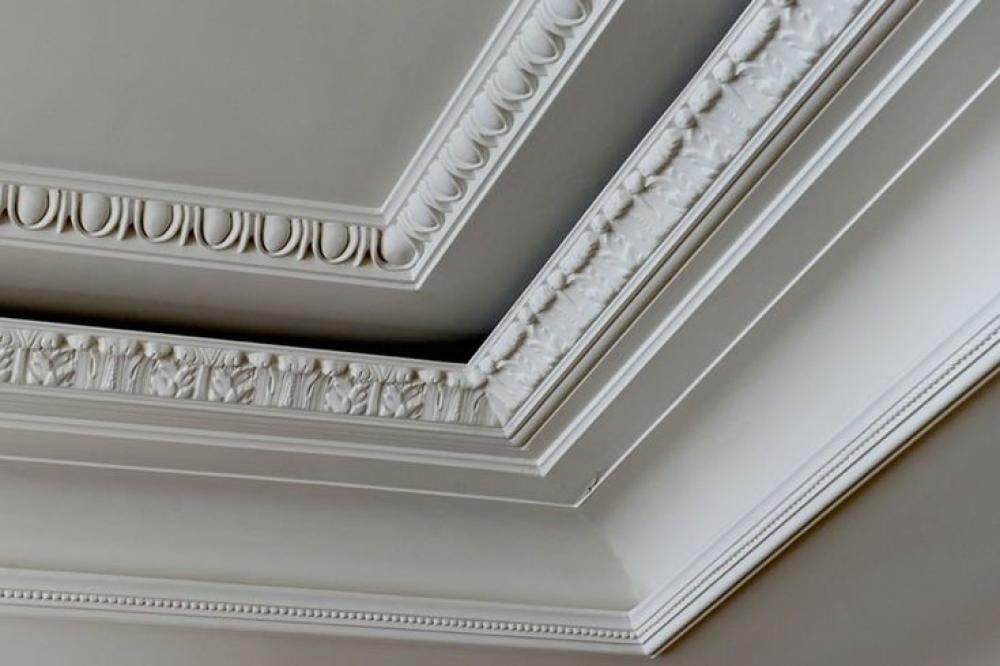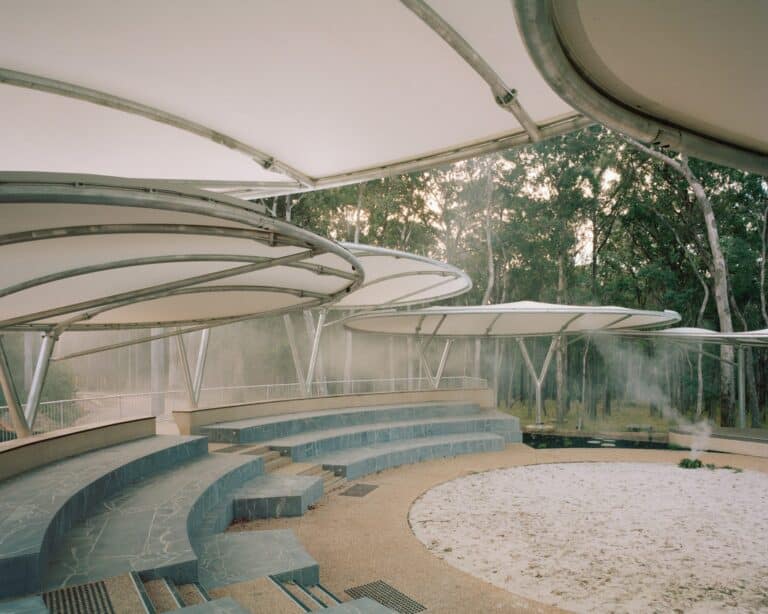Stucco, or what is commonly known as “plaster,” has been used for centuries as a decorative and protective surface treatment for walls. While it offers a unique aesthetic appeal and durability, it also comes with certain drawbacks that should be carefully considered before choosing it for interior applications. This article provides a balanced overview of the pros and cons of using stucco in interior design, helping you make an informed decision based on practicality, cost, and visual appeal.


Advantages of Using Stucco in Interior Design
1. High Durability
Stucco is known for its long-lasting performance when applied correctly over concrete, brick, or masonry surfaces. According to the American Society of Civil Engineers (ASCE) , properly installed stucco can last for decades without significant deterioration, especially when high-quality materials are used.
Source: American Society of Civil Engineers (ASCE)
2. Sound Insulation
Due to its thickness and dense composition, stucco acts as a natural sound barrier between rooms. This makes it a good choice for homes or buildings where noise reduction is desired, such as bedrooms, studios, or office spaces.
3. Resistance to Moisture and Mold
When treated with water-resistant additives, stucco can resist mold and mildew growth, making it suitable for use in areas with higher humidity levels, like kitchens and bathrooms.
4. Aesthetic Appeal and Elegance
Stucco gives walls a smooth, refined finish and can be textured or shaped into various designs to add a classic or artistic touch. It’s often chosen by those who want to create a vintage or rustic look in their interiors.

| Benefit | Description |
|---|---|
| Durability | Long lifespan with minimal maintenance |
| Soundproofing | Helps reduce noise between rooms |
| Mold resistance | Suitable for humid areas |
| Visual appeal | Adds texture and elegance to walls |
Disadvantages of Using Stucco in Interior Design
1. Difficult to Repair
One of the main challenges with stucco is that repairing cracks or damage can be complex. It often requires removing large sections of the existing layer to ensure a seamless finish, which increases labor and material costs.
2. Higher Cost Compared to Alternatives
Compared to drywall or standard paint finishes, stucco tends to be more expensive. The cost varies depending on the quality of materials and the complexity of the design, but it generally ranges from 20–30% higher than alternatives like gypsum boards.


3. Challenging to Repaint
Because of its porous nature, repainting stucco requires multiple coats of primer and paint to achieve an even finish. Without proper preparation, the result may appear uneven or patchy.
4. Heavy Weight
Stucco is thick and heavy, which means it’s not suitable for lightweight structures such as wooden or drywall partitions. Installing it on unsupported surfaces could lead to structural issues over time.
| Drawback | Description |
|---|---|
| Cost | More expensive than other wall finishes |
| Maintenance | Repairs require skilled labor |
| Weight | Not ideal for light or weak walls |
| Painting | Requires special preparation before repainting |
ArchUp’s Opinion and Analysis
From a design perspective, stucco adds a traditional and artistic dimension to interiors. However, it is not always the best fit for modern or minimalist spaces. In many cases, simpler alternatives like textured paint or gypsum panels can mimic the look of stucco at a lower cost and with less maintenance.
We recommend considering stucco only if there is a clear aesthetic need and if your budget allows for both installation and potential future repairs. Also, ensure that the structure supports the weight of the material and that experienced professionals are available for application and maintenance.

Frequently Asked Questions (FAQ)
Is stucco suitable for all types of walls?
No, stucco works best on solid surfaces like concrete or brick. It is not recommended for lightweight or wooden walls due to its weight and rigidity.
Can stucco be painted?
Yes, but it requires applying a bonding primer first and multiple coats of paint to cover the texture evenly.
How much more expensive is stucco compared to drywall?
On average, stucco installation costs 20–30% more than drywall, depending on location and design complexity.
Does stucco really help with sound insulation?
Yes, due to its density and thickness, stucco can significantly reduce sound transmission between rooms.
Summary Table of Key Points
| Category | Details |
|---|---|
| Main Benefits | Durability, sound insulation, moisture resistance, aesthetic value |
| Major Drawbacks | High cost, difficult repairs, heavy weight, challenging painting process |
| Best For | Traditional or luxury interiors, heavy-duty walls |
| Not Recommended For | Lightweight structures, budget projects |
| Cost | Higher than alternatives |
| Maintenance | Requires professional care and expertise |
In conclusion, while stucco can enhance the beauty and longevity of interior walls, it is not a one-size-fits-all solution. Its advantages are most valuable in specific contexts—especially where durability and aesthetics are prioritized. If you’re aiming for simplicity and cost-effectiveness, alternative wall finishes might serve your needs better.







